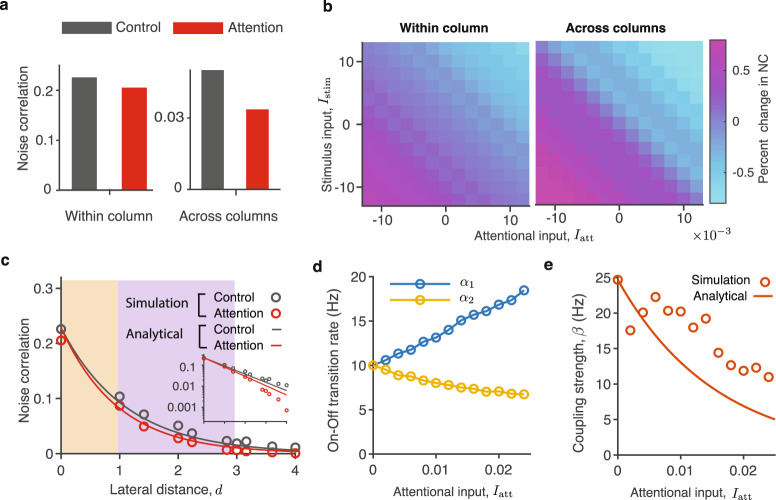Fig. 5. Attentional inputs modulate the efficacy of lateral interactions in the network leading to changes of the correlation length.
a In simulations of the dynamical-system network model, noise correlations between neurons in different columns robustly decrease during attention (Iatt > 0, red) relative to control (Iatt = 0, gray), while noise correlations between neurons within columns change only slightly. The average reduction of noise correlations is large across columns (MIcorr = −0.21, right), but small within columns (MIcorr = −0.05, left). b In simulations, noise correlations decrease with excitatory (Iatt > 0) and increase with inhibitory (Iatt < 0) attentional inputs. In all cases, the average changes of noise correlations within columns are small relative to sizable changes across columns. c Noise correlations decay faster with lateral distance in attention (red, Iatt > 0) relative to control condition (gray, Iatt = 0), hence the correlation length is reduced Latt < Lctl. Data are shown from simulations of the full dynamical-system network (circles) and analytical calculations using the binary-network approximation (solid lines). Orange and purple backgrounds highlight the range of distances within and across columns, respectively. The change of the correlation length during attention is clearly visible in the same data plotted on the linear-logarithmic scale (inset). d The Off-to-On (α1, blue) and On-to-Off (α2, yellow) transition rates weakly depend on the attentional input in the dynamical-system network. e The effective coupling strength β steeply decreases with increasing attentional input. Coupling strength β estimated from simulations of the full dynamical-system network (circles) is compared to analytical calculations using the binary-network approximation (line, Supplementary Note 2.2).

